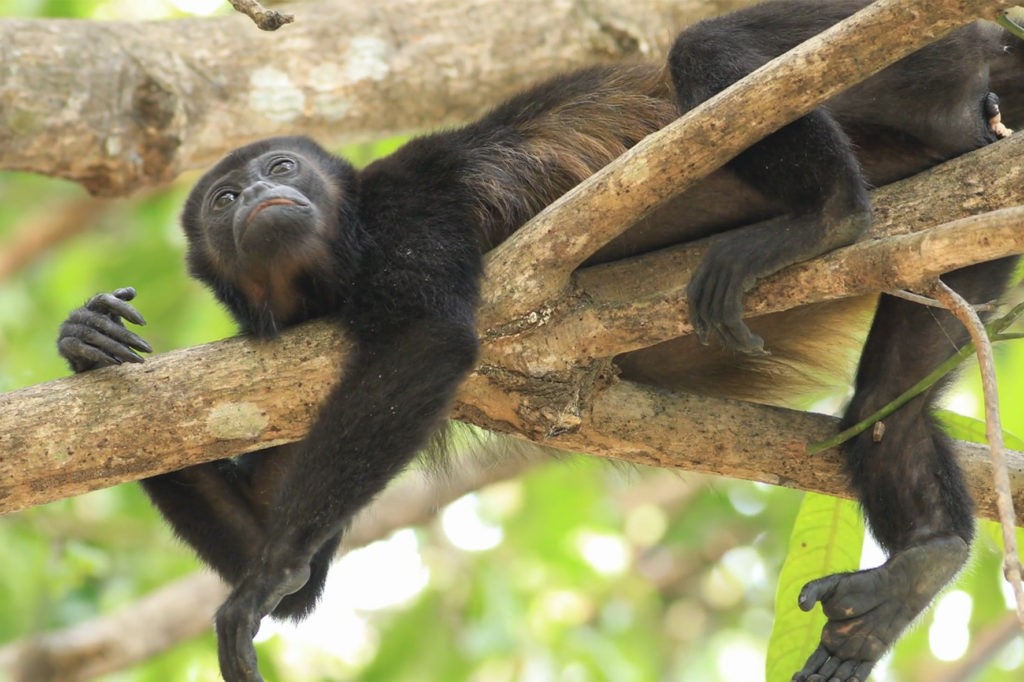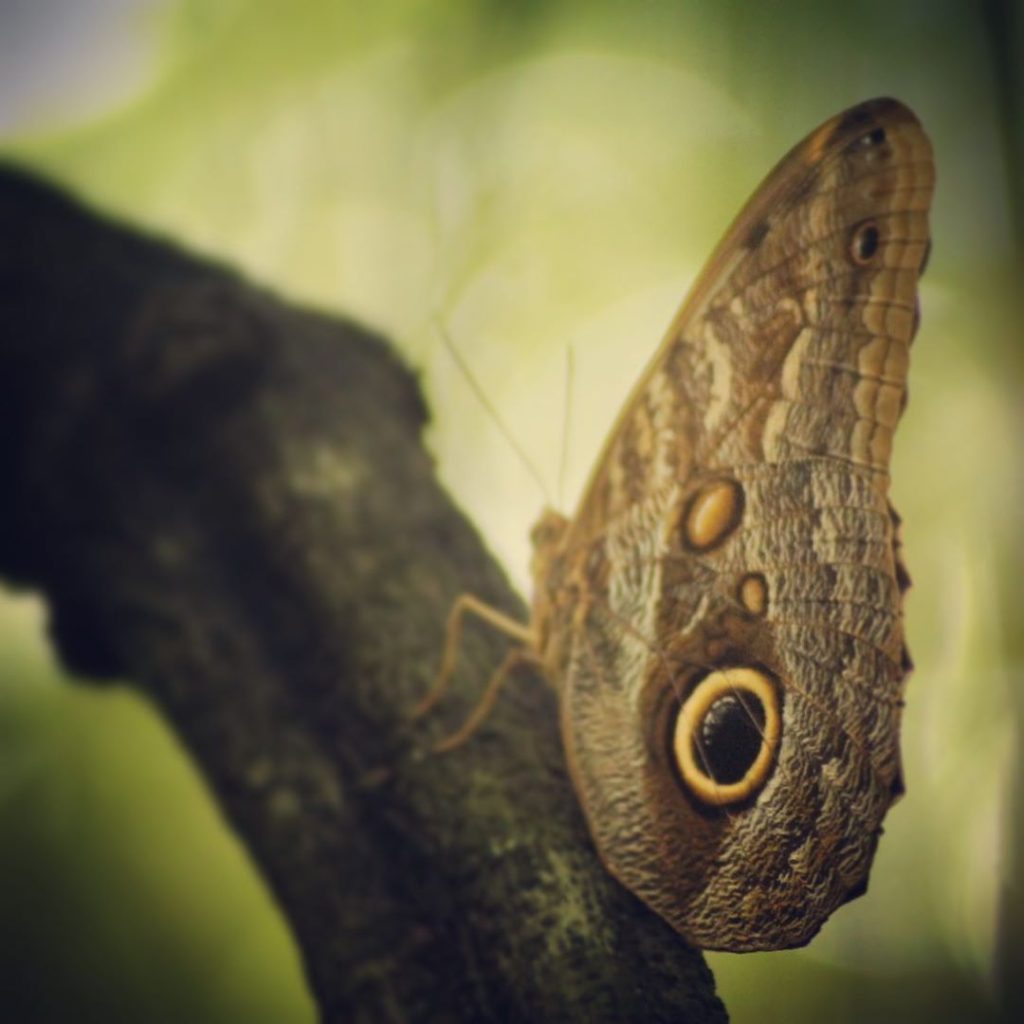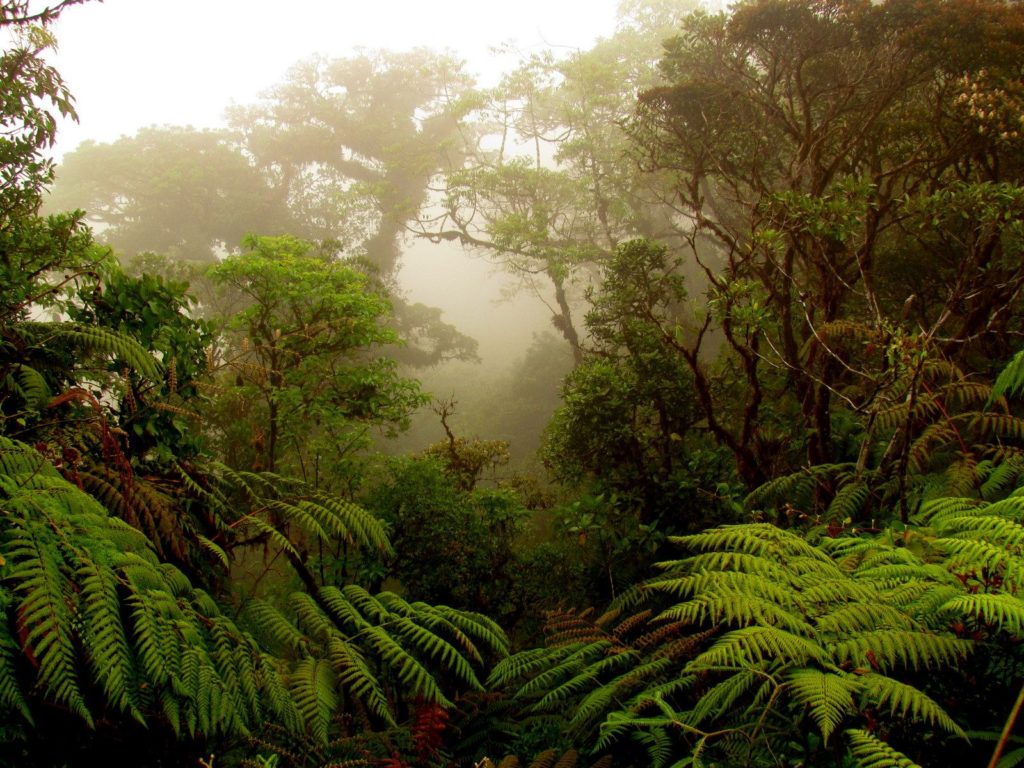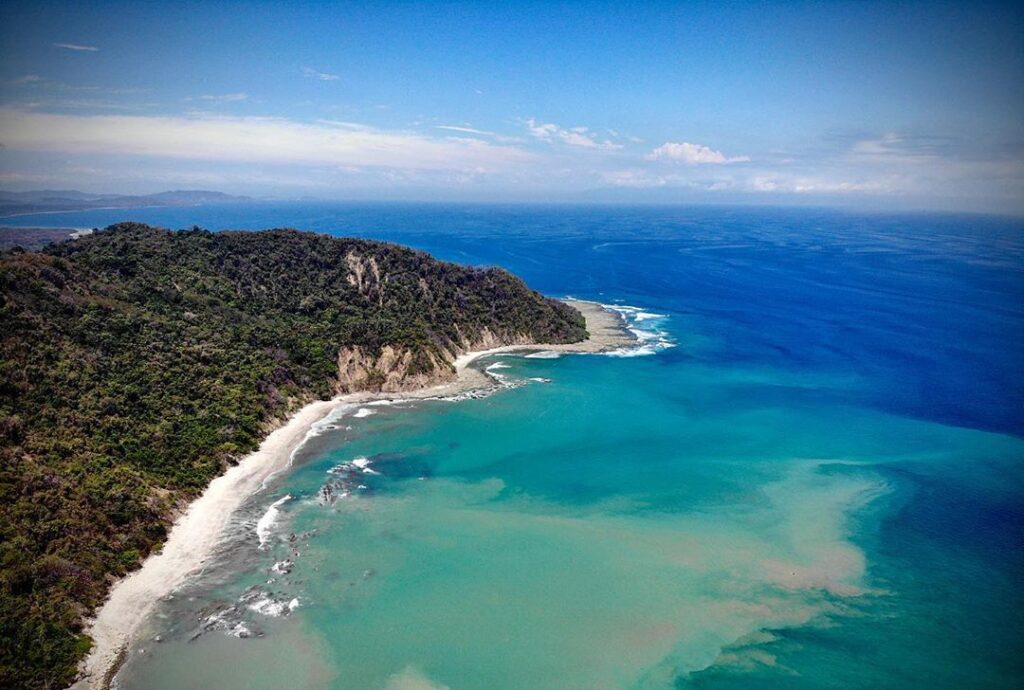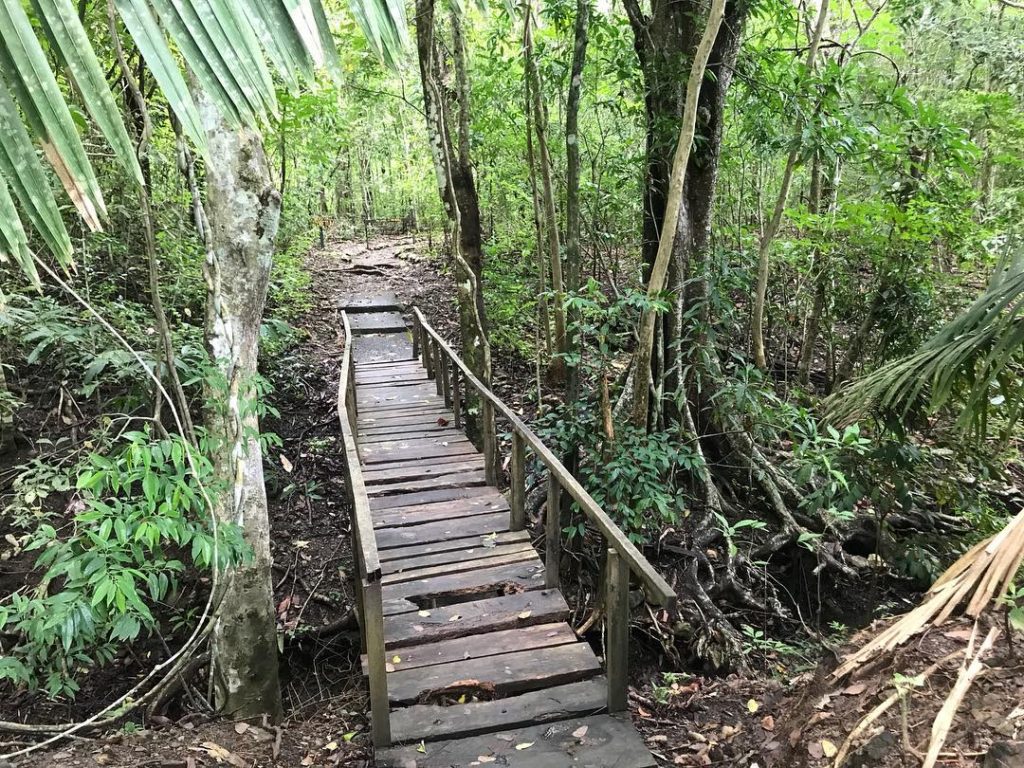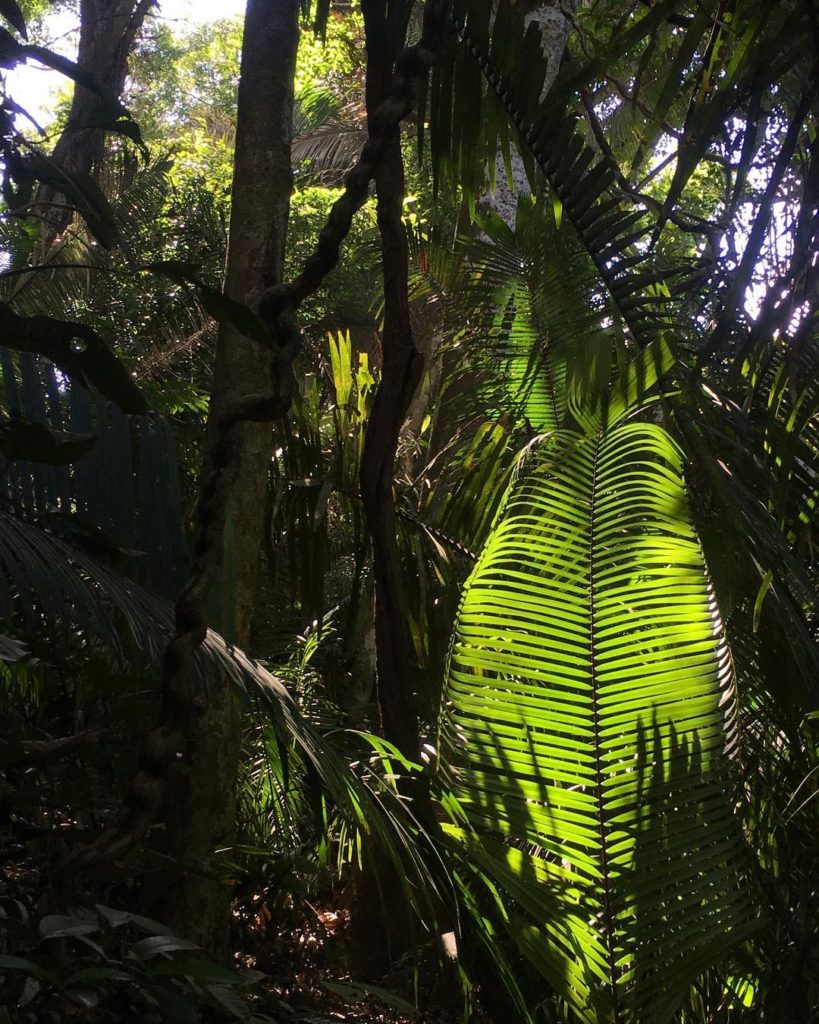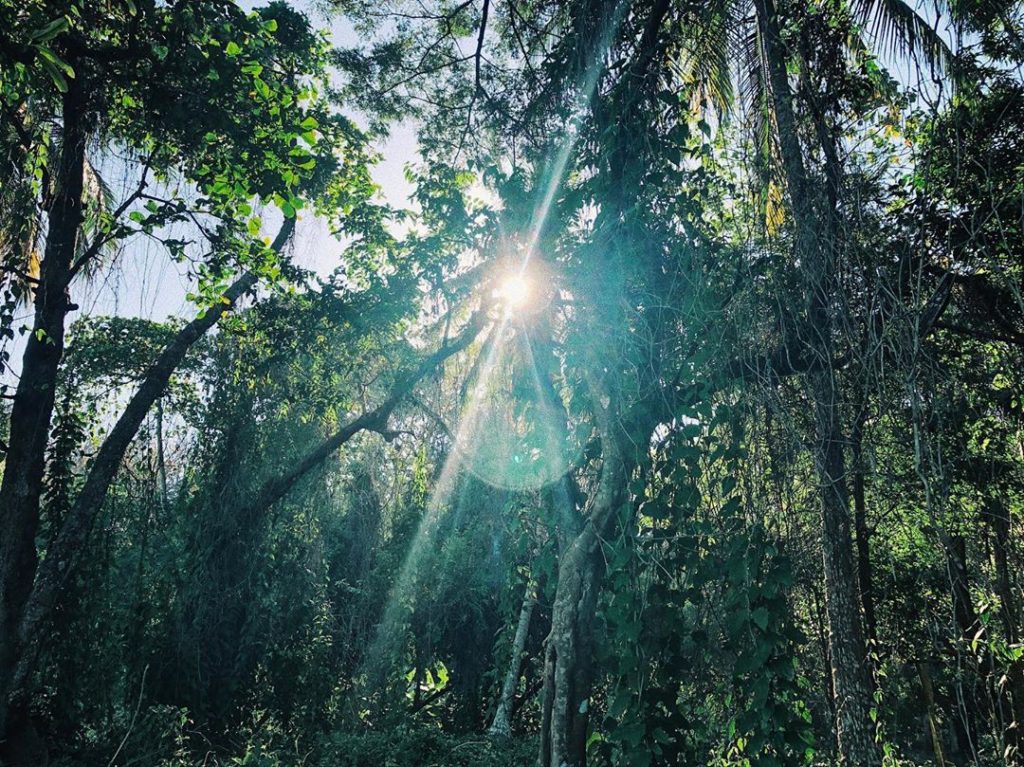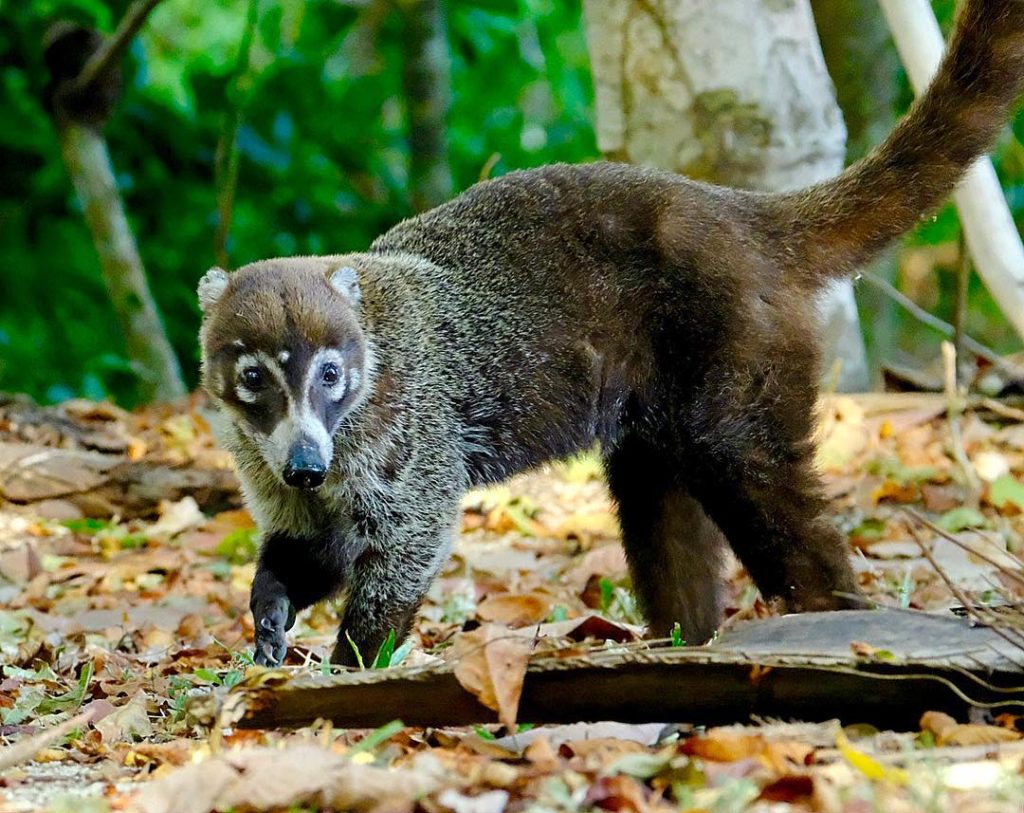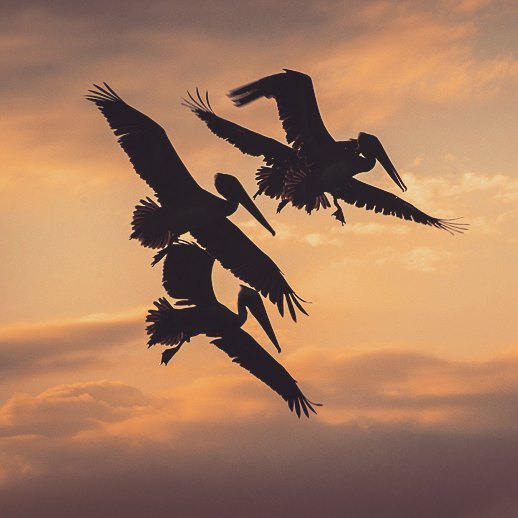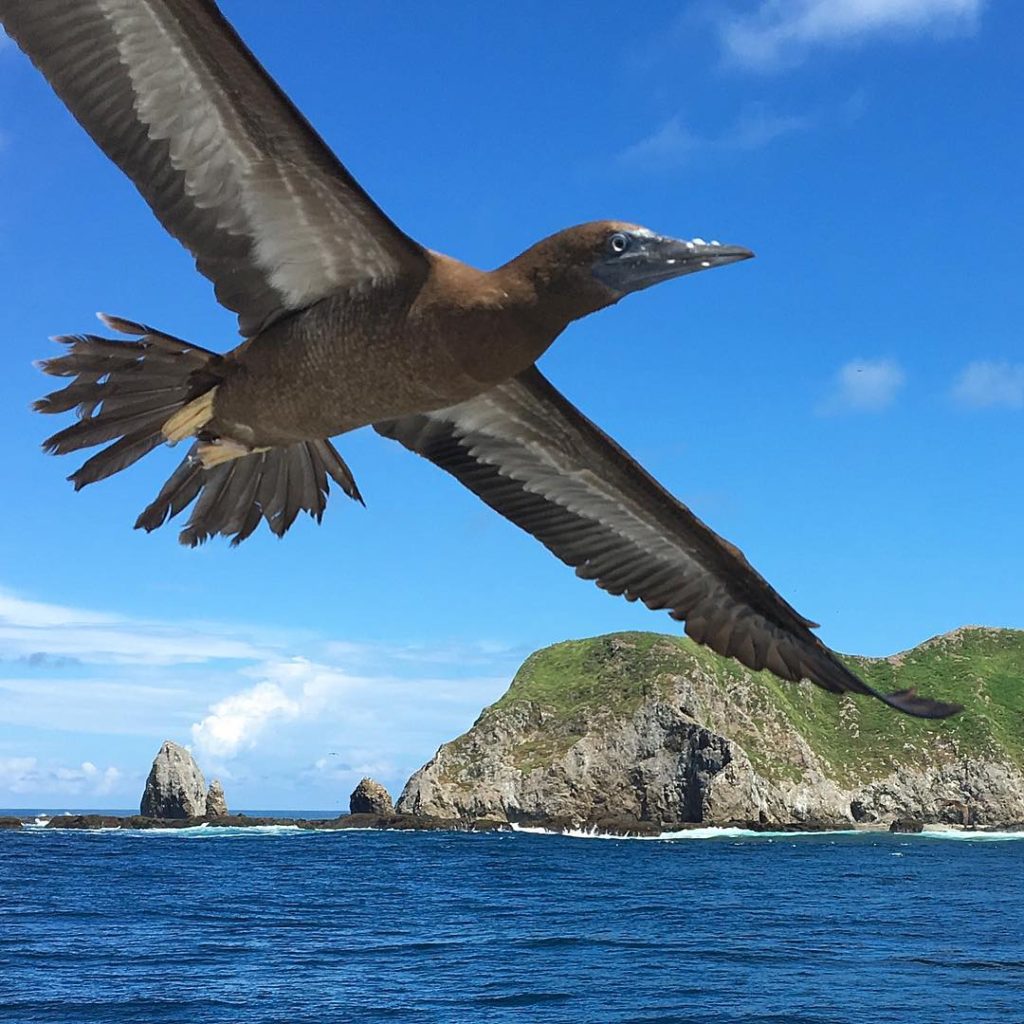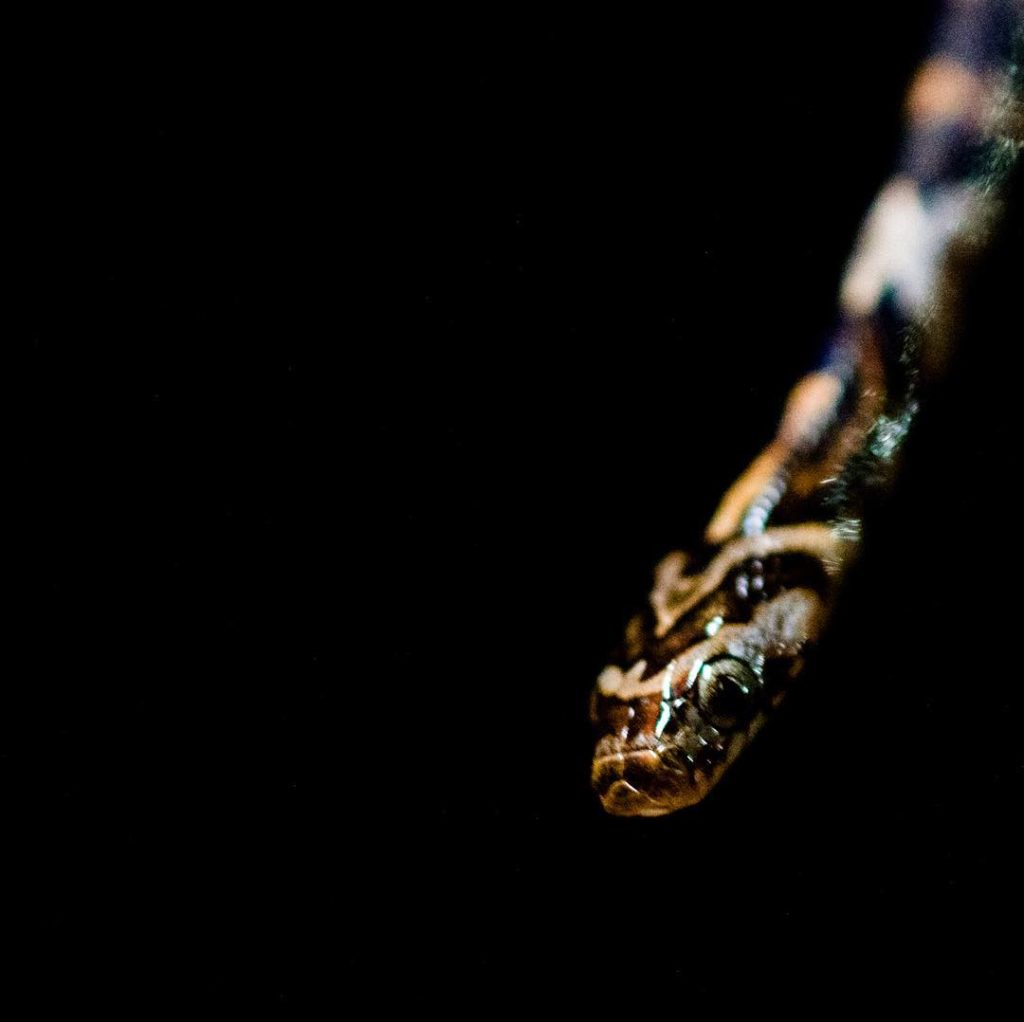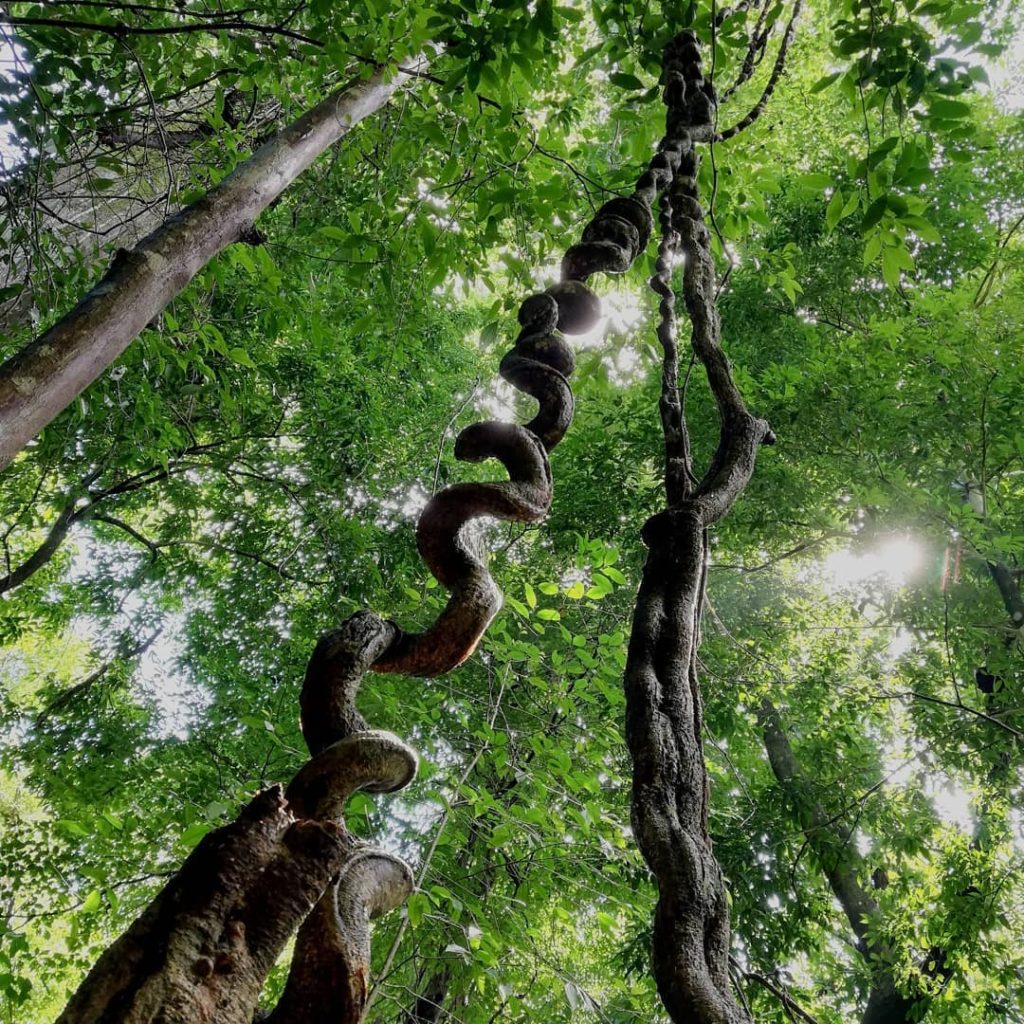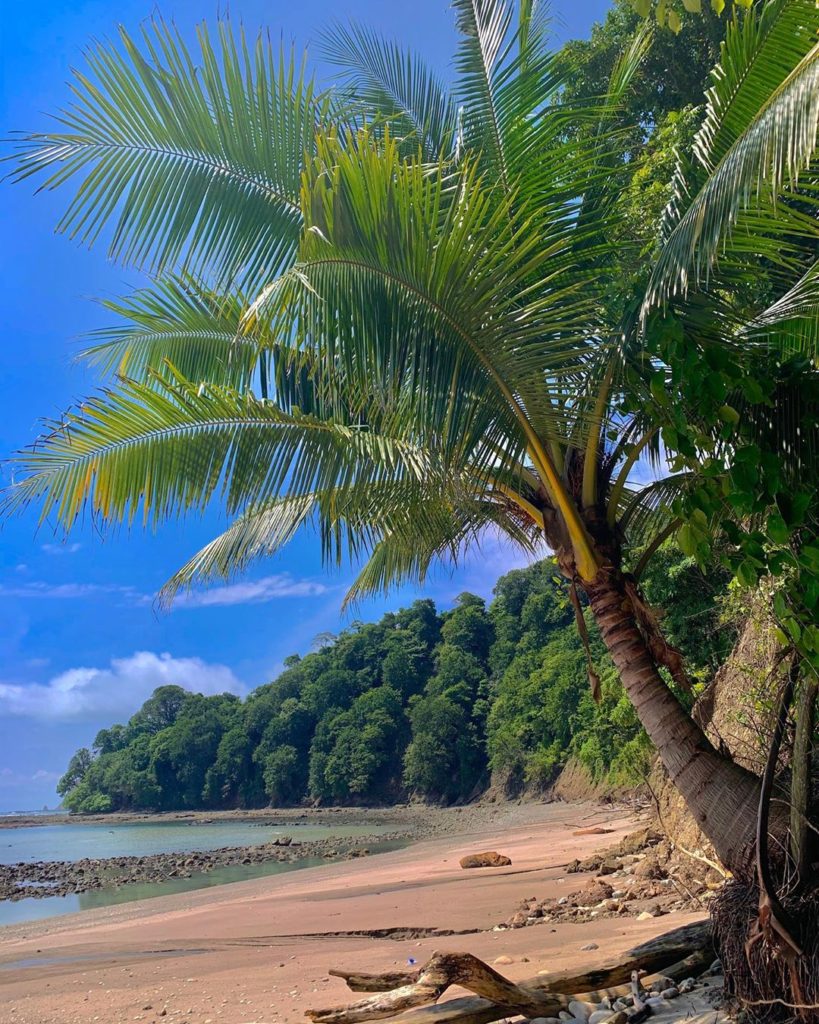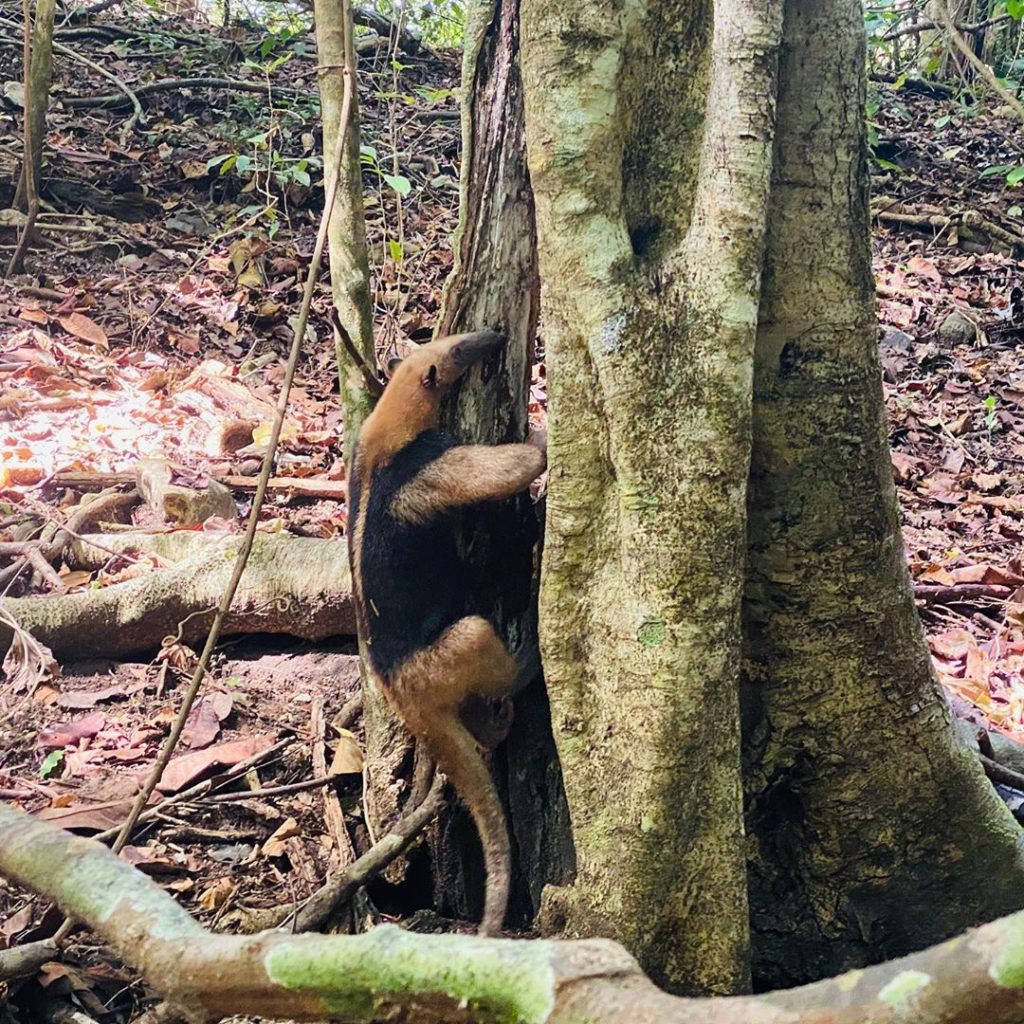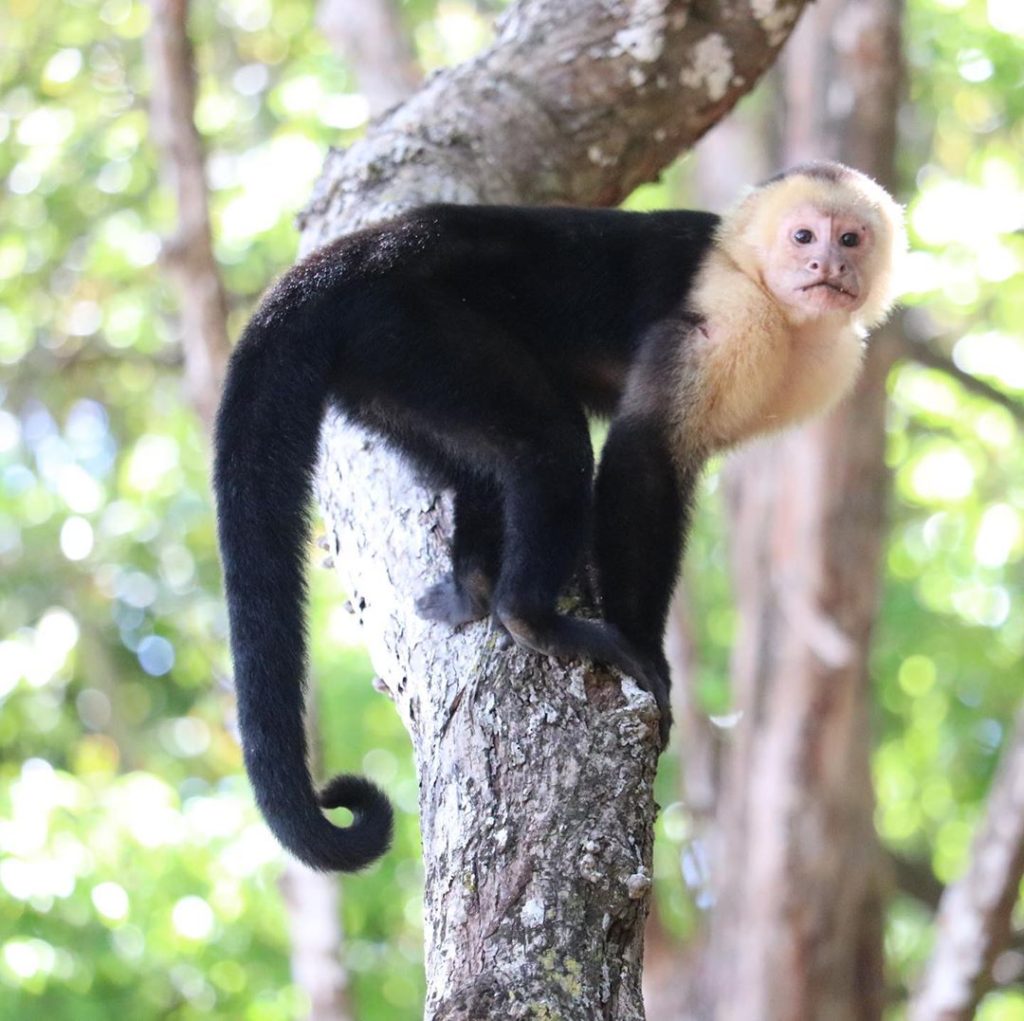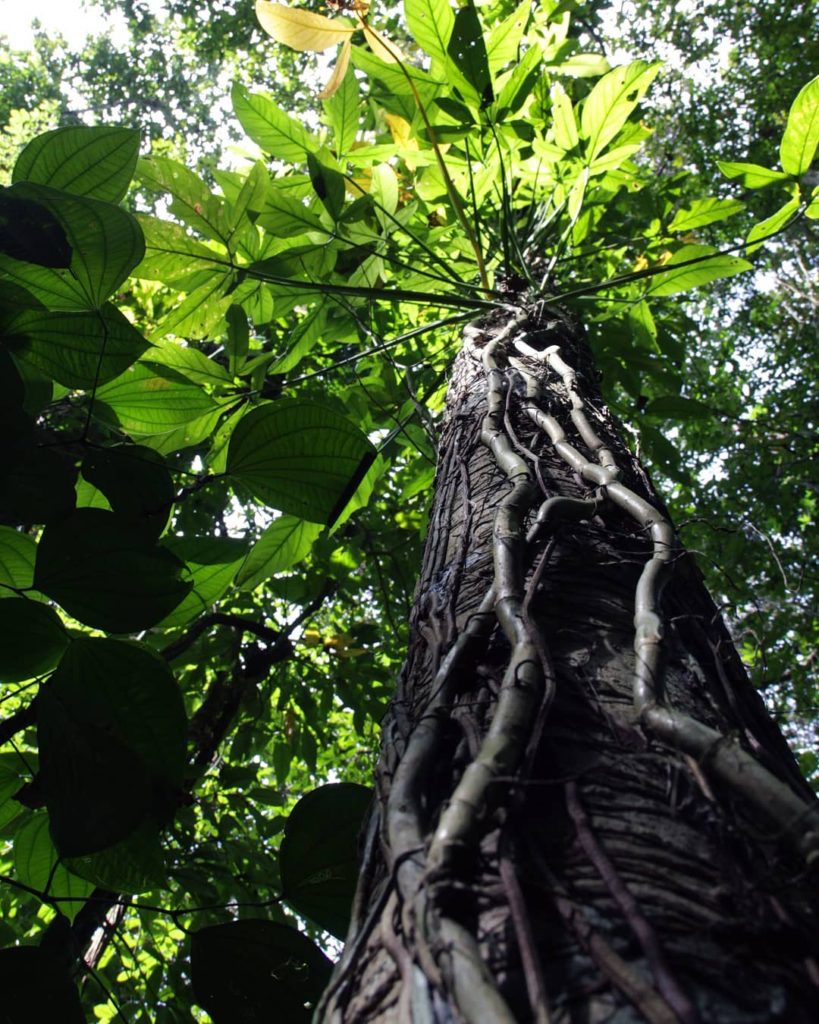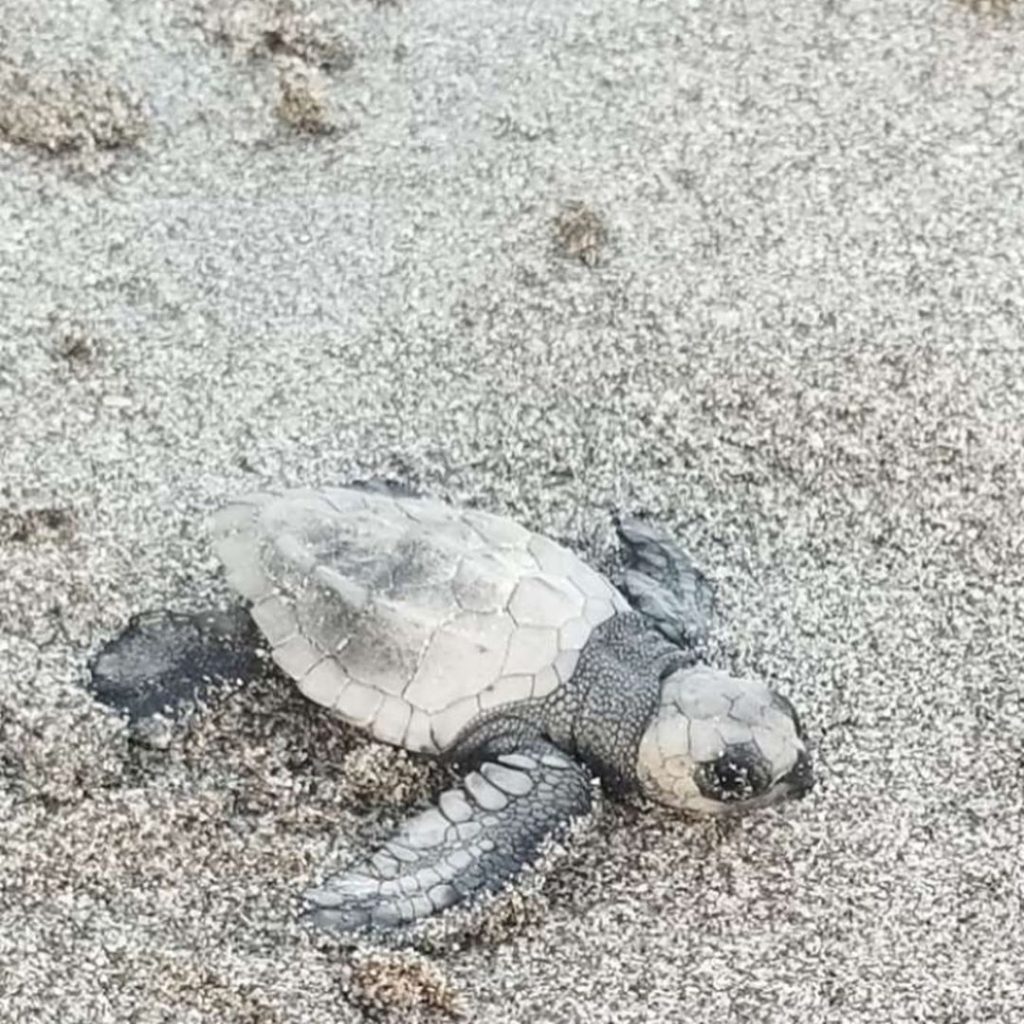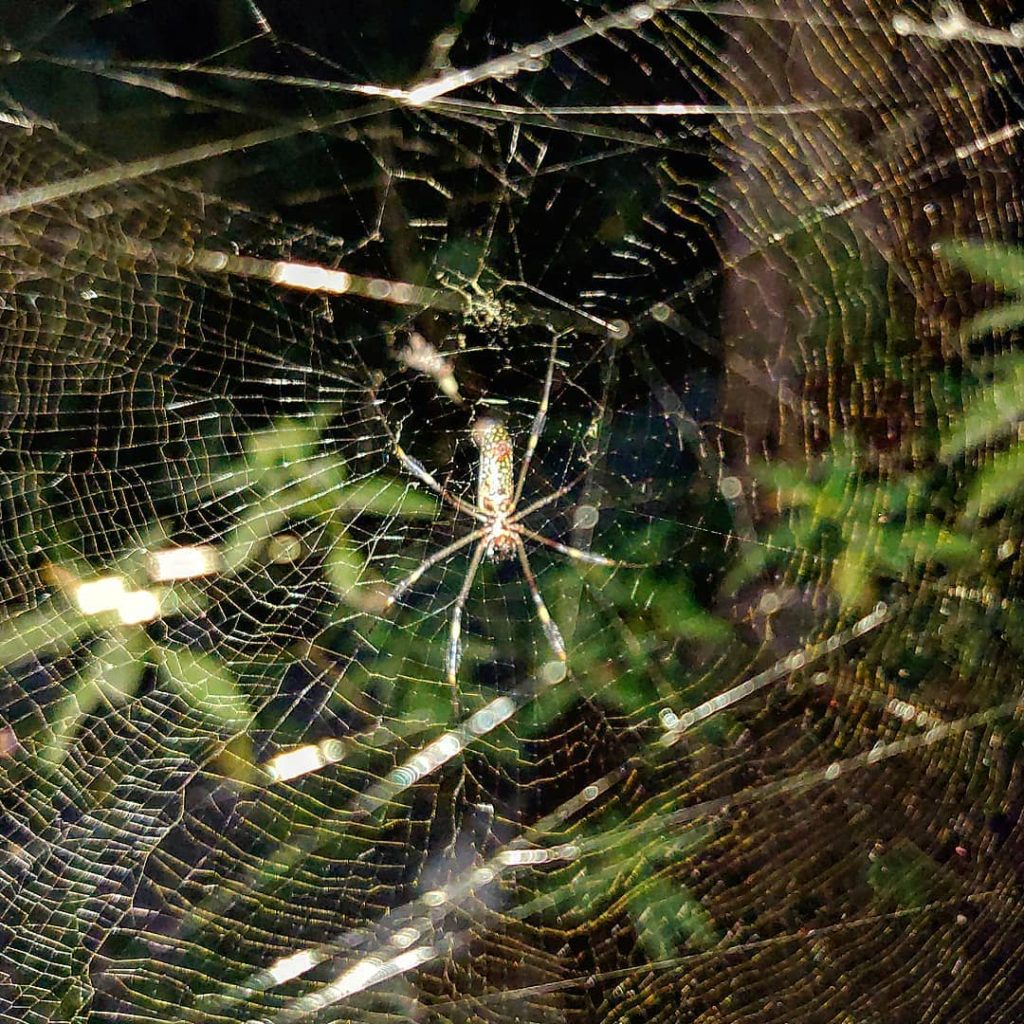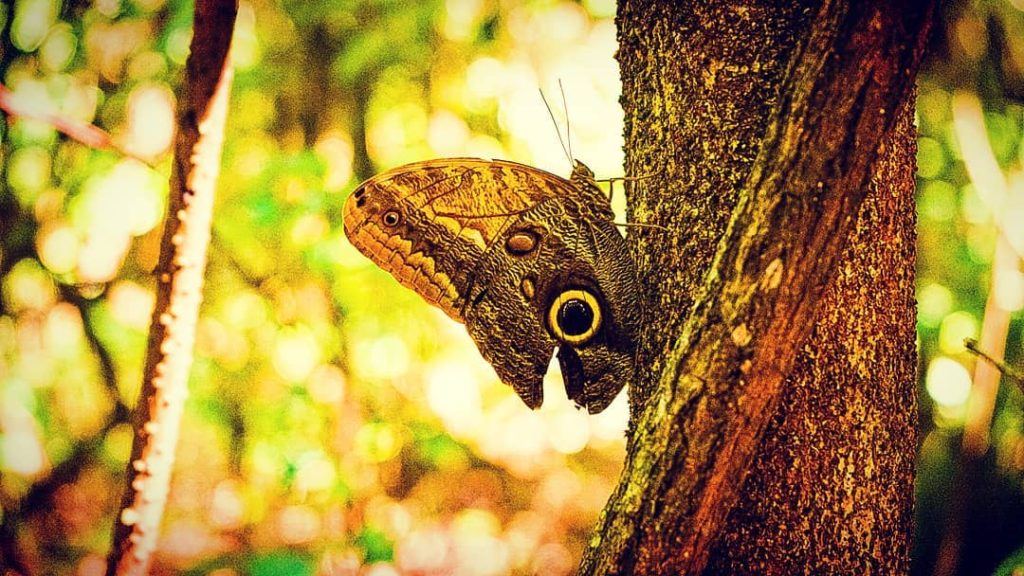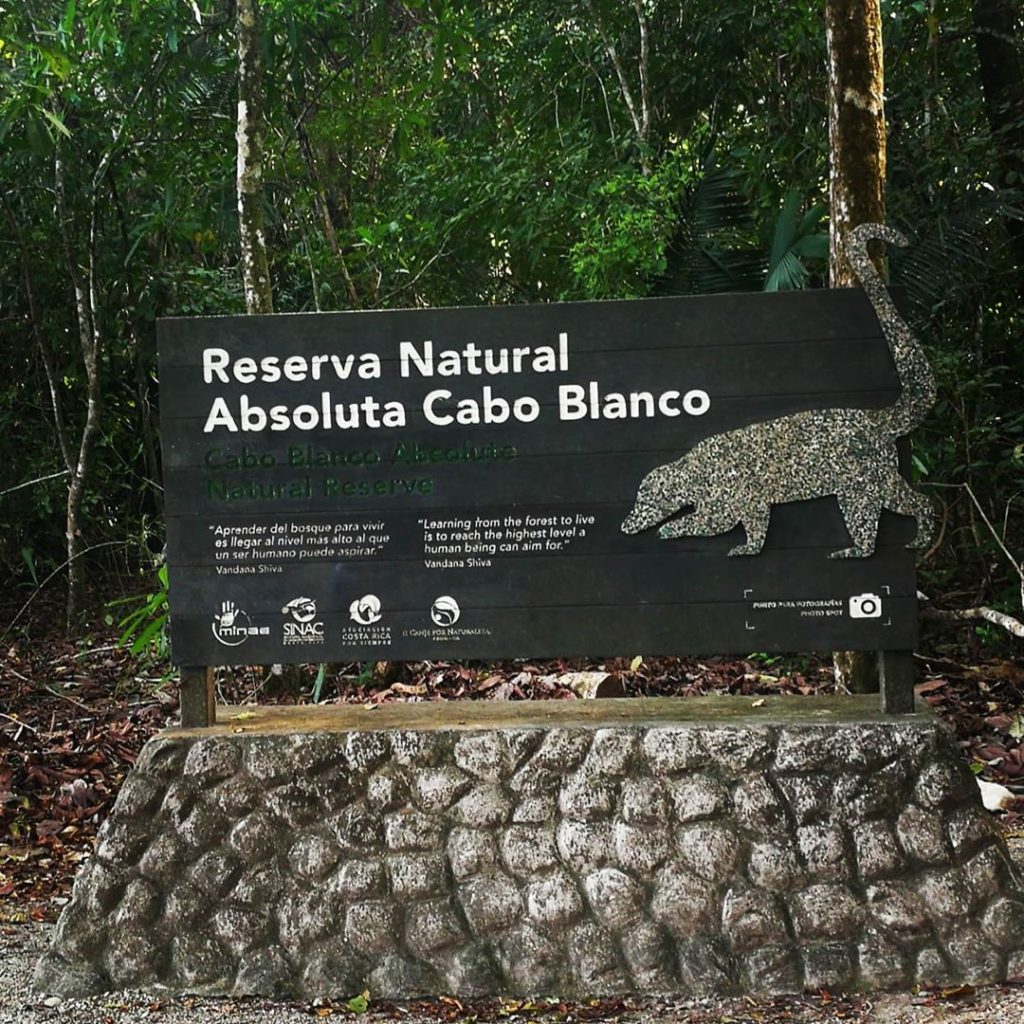Jungle and wildlife
Cabo Blanco Reserva Absoluta was the first National Park/Reserve in Costa Rica. Since the mid 1960’s, at which time it was mostly cattle land, Cabo Blanco has been a “Reserva Absoluta” meaning that no people other than the park’s stewards, were allowed inside, which has given the park over 40 years to grow back.
Cabo Blanco is a popular tourist destination for tourists who visit Montezuma and Santa Teresa. They are naturally drawn to the largest national park in the area.
At Cabo Blanco there are two ranger stations. Currently, you can only access the park from the Cabuya/Montezuma side. The Mal Pais side is for park guards only, although there’s a great parking lot at Cueva Murcielago Wildlife Reserve and a beautiful beach there, (Playa Los Suecos).
Cabo Blanco is the area’s best hope for saving the wildlife. The park had the last group of peccaries, which for decades were only seen inside the park, but are now sometimes seen even in Delicias/Montezuma. There is at least one Jaguar known to be in the park, and pumas as well. Animals that have gone extinct here include both the Scarlet and Great Green Macaws, Toucans, Tapirs, Spider Monkeys, Three-toed Sloth, and Giant Anteaters.
Short Trail Loop: The first is to park at the ranger station on the Cabuya side and then hike around the loop across trails and bridges through the canopy. Most of this has grown back within the last 50 years or so since Cabo Blanco was founded. There are signs detailing the types of tree, etc.
Beach Hike: The hike to Playa Cabo Blanco take around two hours, and is quite strenuous. You’ll climb several hills in tropical conditions, without much airflow. Luckily the jungle canopy provides good shade. The beach isn’t the prettiest, but it’s remote and few people make it this far. It’s fun to explore around the edges of the beach and see a truly remote site. This hike isn’t for the weak… it’ll be a total of four hours of serious hiking to make it there and back.
If your goal is to see animals, you’ll want to be the first people on the trail in the morning at 8am.
